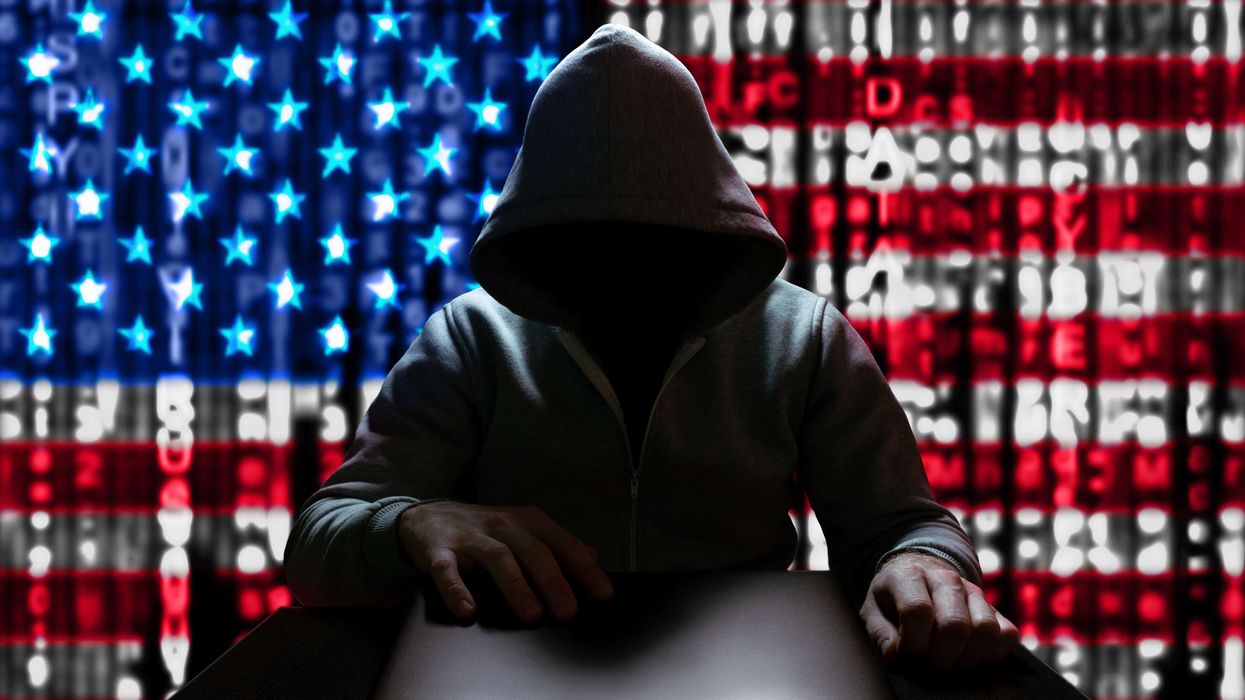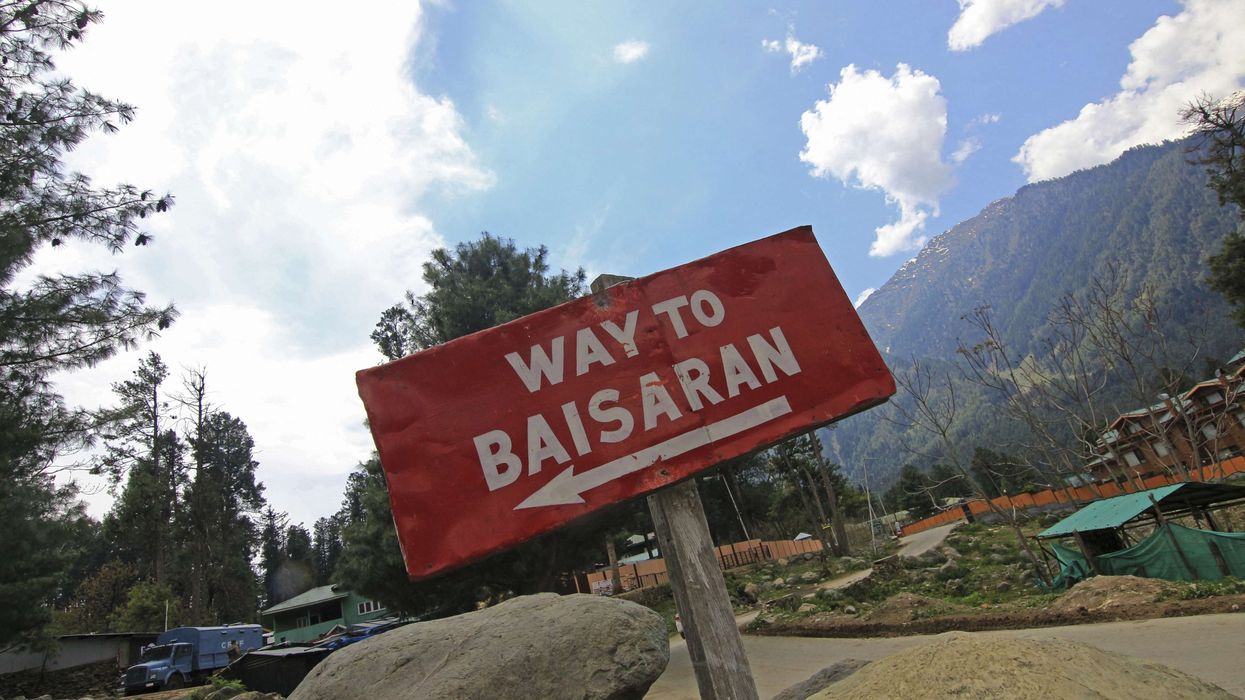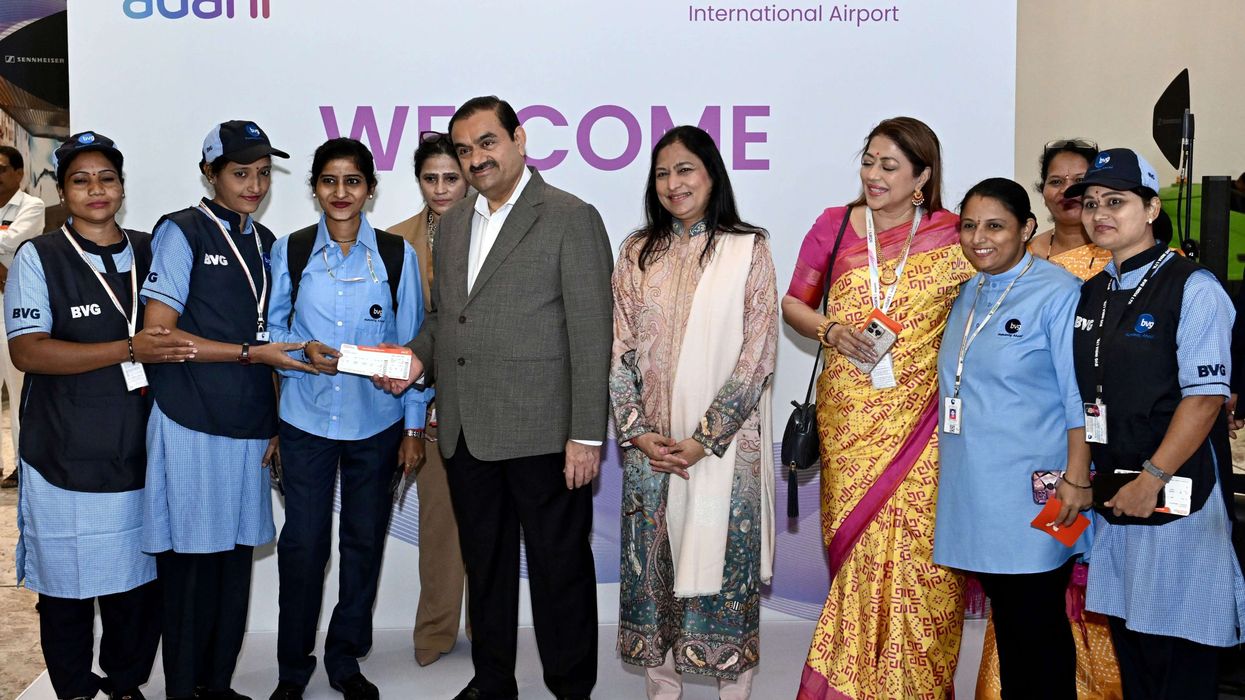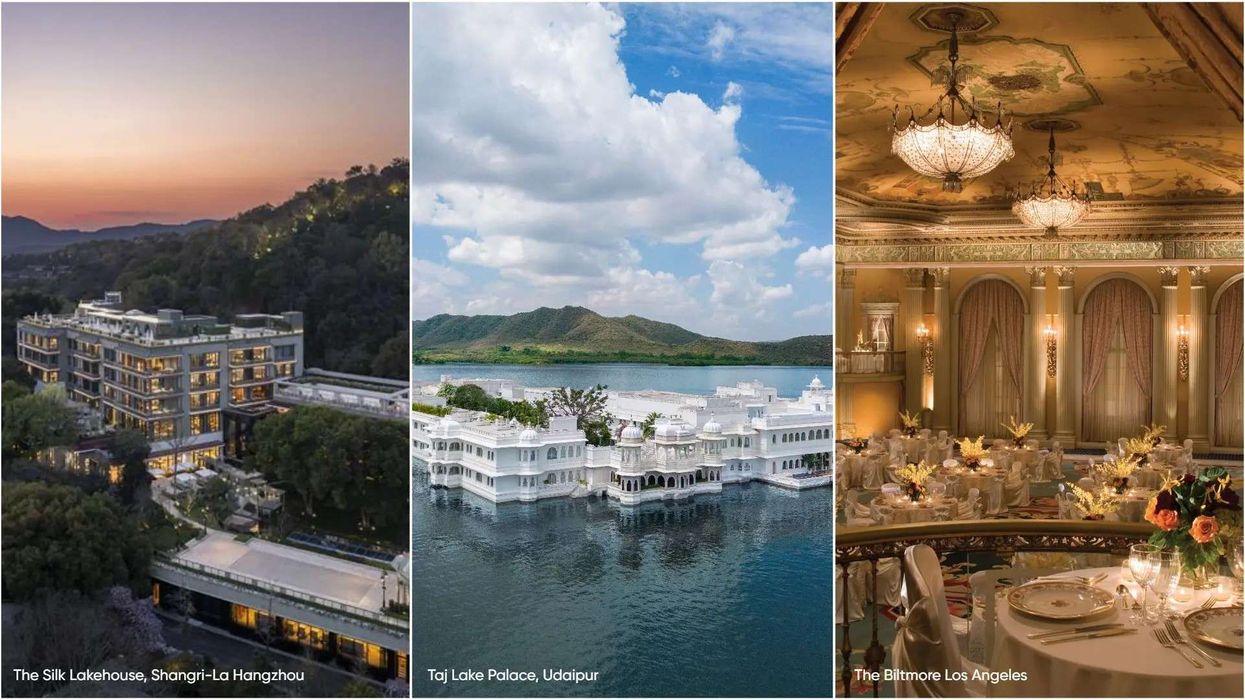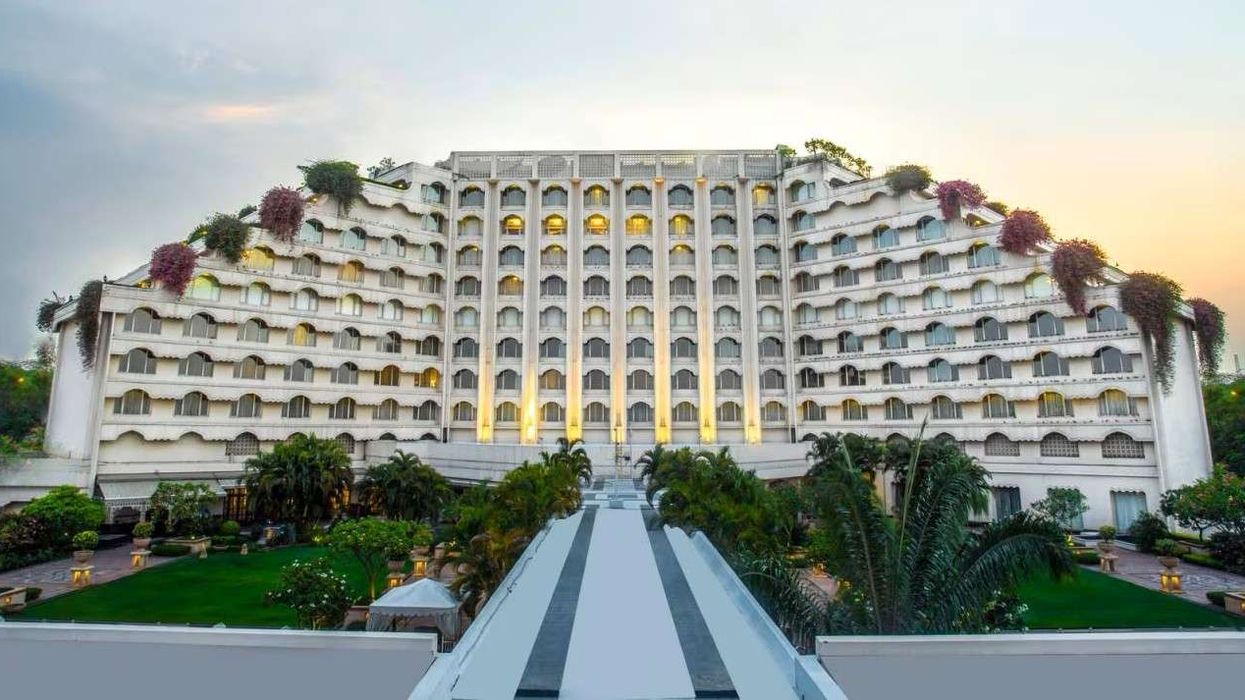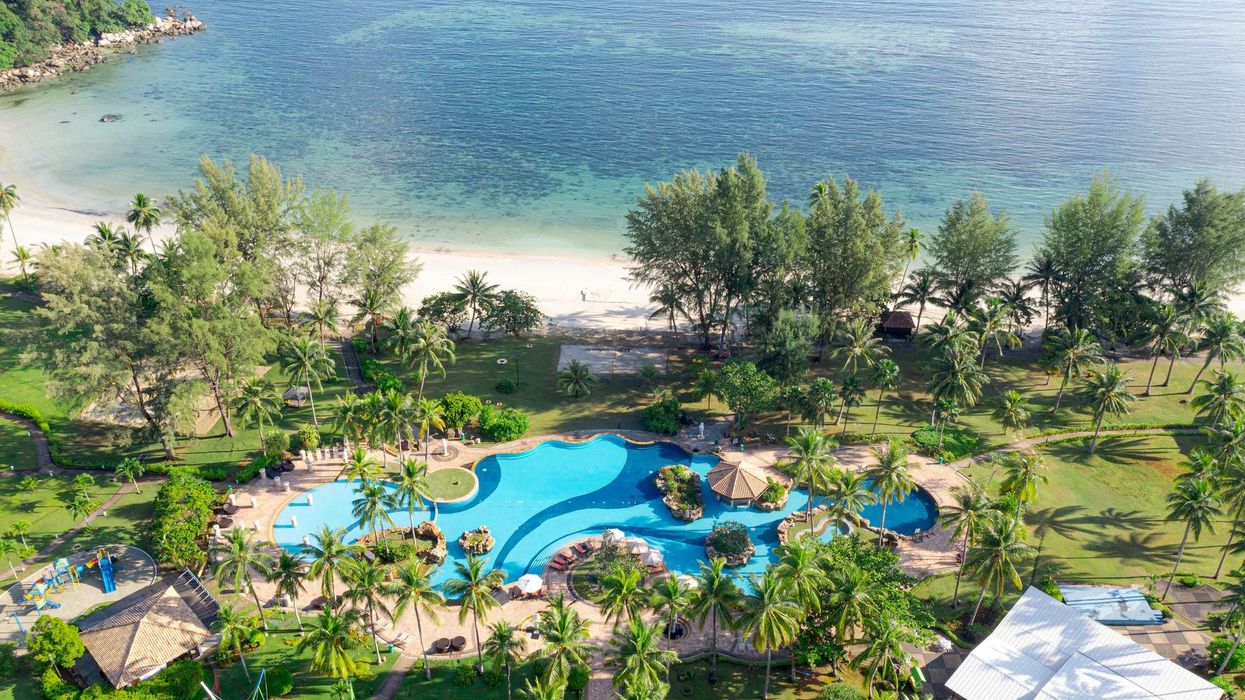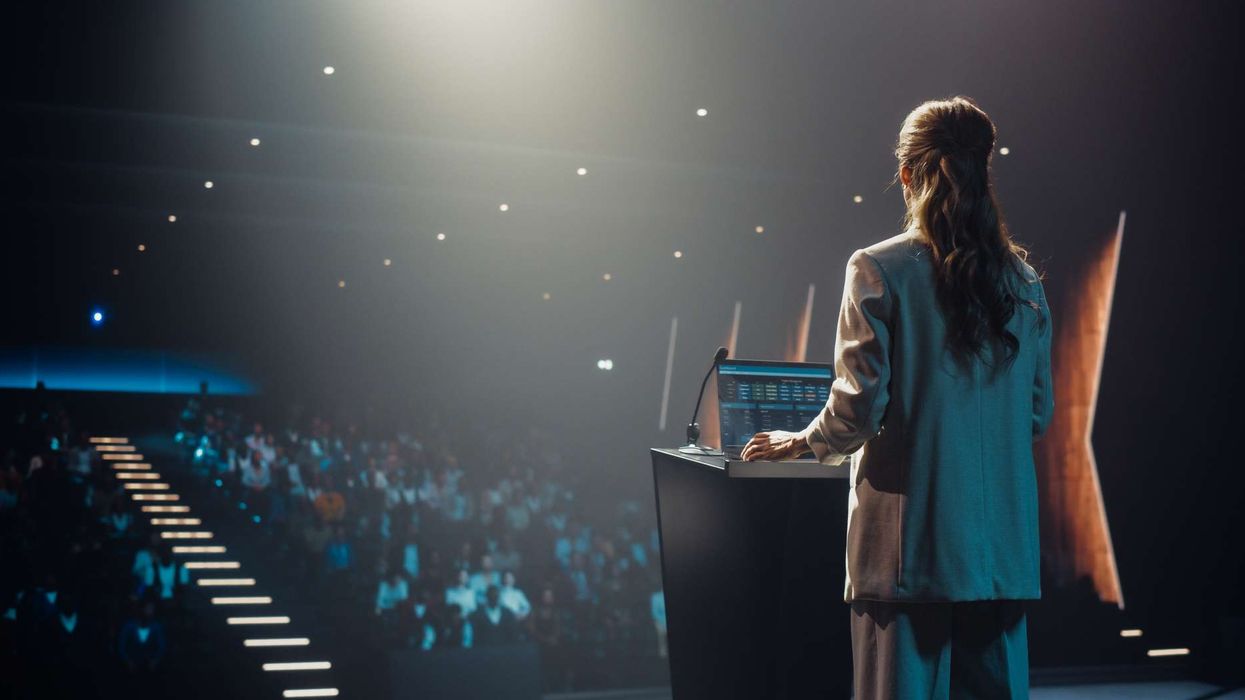Summary:
- Trump raised H-1B visa fee to $100,000, affecting Indians in the U.S., PTI reported.
- Administration says the fees ensure incoming “highly skilled” workers, more Americans.
- Indians on work visas face long Green Card waits; some may leave the U.S.
PRESIDENT DONALD TRUMP signed a proclamation raising the H-1B visa fee to $100,000 annually, a move that could affect Indian professionals in the U.S., PTI reported. The Trump administration said the fees are meant to ensure incoming workers are “highly skilled” and do not replace American employees.
The visa fee for skilled workers would rise from $215, while investor visas, common in Europe, would increase from $10,000 to $20,000 a year.
“We need workers. We need workers. We need great workers and this pretty much ensures that that’s what’s going to happen,” Trump said while signing the proclamation, according to Press Trust of India.
The move could affect Indian technology workers, PTI reported. H-1B visas are valid for three years and can be renewed for another three or until permanent residency if sponsored. Indians on work visas face decades-long waits for Green Cards and the new fees could affect whether they can remain in the U.S. if their companies decline to pay $100,000 annually.
Commerce Secretary Howard Lutnick said the employment-based Green Card program historically admitted 281,000 people a year, who earned an average of $66,000 and were five times more likely to use government assistance.
“We were taking in the bottom quartile, below the average American,” he said. “It was illogical; it was the only country in the world that was taking in the bottom.”
He said the new fee will raise more than $100 billion for the country.
H-1B visas, which require at least a bachelor’s degree, target jobs tech companies struggle to fill, according to the Associated Press. Critics said the program is a pipeline for overseas workers willing to work for $60,000 annually, well below U.S. tech salaries of more than $100,000.
“No more will these big tech companies or other big companies train foreign workers,” Lutnick said. “They have to pay the government $100,000, then they have to pay the employee. So it’s just not economic.”
H-1B visas are awarded through a lottery. This year, Amazon received more than 10,000 visas, followed by Tata Consultancy, Microsoft, Apple and Google. California has the highest number of H-1B workers, AP reported.
Critics said H-1B spots often go to entry-level jobs rather than senior positions with unique skills. While the program is not supposed to undercut wages or displace workers, companies can pay less by classifying jobs at lower skill levels even if workers have more experience, according to AP.
Many U.S. companies contract help desks, programming and other tasks to consulting firms such as Wipro, Infosys, HCL Technologies, Tata, IBM and Cognizant. These firms hire foreign workers and contract them to U.S. employers seeking cost savings, AP reported.
When asked if the $100,000 fee applies to current H-1B holders, renewals, or first-time applicants, Lutnick said companies will decide.
“It can be a total of six years, so $100,000 a year,” Lutnick said, according to PTI.
Trump also signed an executive order, the ‘Gold Card,’ creating a visa pathway for foreigners of extraordinary ability committed to supporting the U.S. Under the program, individuals who pay $1 million to the U.S. Treasury, or $2 million if sponsored by a corporation, gain expedited visa treatment and a path to a Green Card.
The State Department recently updated the non-immigrant visa process, requiring B1 and B2 applicants to schedule interviews at a U.S. embassy or consulate in their country of citizenship or residence.


